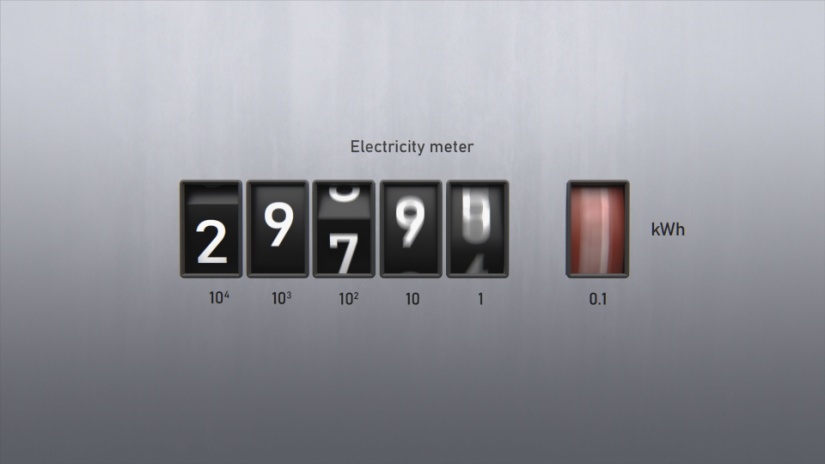Knowledge Centre
What is a block rate tariff?

A block rate tariff, also known as peak, demand, or single rate on energy bills, varies the price of electricity or gas based on your consumption levels.
While this pricing structure is common in Australia, understanding the usage blocks and costs can be a bit complex. However, grasping the fundamentals can significantly reduce your overall energy expenses.
Under this tariff, customers are billed based on specific blocks of electricity or gas usage, where the cost per block can vary. This pricing structure is mandatory for all natural gas users and is also used by electricity customers in South Australia.
In New South Wales, block tariffs for electricity are common, but they are not available in Queensland. In Victoria, only households connected to the AusNet network have access to block tariffs.
Providers offer different numbers of blocks, typically ranging from two to six, which define how charges accumulate based on daily, monthly, or quarterly usage. Here are three examples illustrating how a block tariff operates:
Note: The data in these tables is averaged across a range of providers
Gas block tariff: Five daily usage blocks
| Block | Price (per MJ) incl. GST |
| First 27 MJ per day | 3.8 cents |
| Next 20 MJ per day | 3.3 cents |
| Next 41 MJ per day | 2.9 cents |
| Next 83 MJ per day | 2.2 cents |
| Remaining daily usage | 1.9 cents |
Electricity block tariff: Three quarterly usage blocks
| Block | Price (per kWh) incl. GST |
| First 4000 kWh per quarter | 27 cents |
| Next 3450 kWh per quarter | 29 cents |
| Remaining usage per quarter | 23 cents |
Electricity block tariff: Two daily usage blocks
| Block | Price (per kWh) incl. GST |
| First 11 kWh per day | 34 cents |
| Remaining usage per day | 38 cents |
Comparing block rate tariffs
Comparing block rate tariffs can be tricky due to varying pricing structures. One energy provider might offer a low rate for initial usage blocks but higher rates for subsequent blocks, while another could flip this pricing model. This variability means there's no universal energy plan that fits all needs.
Your choice should depend on your household's energy usage patterns. Larger households consuming significant amounts of gas or electricity may benefit from tariffs with lower prices on later blocks.
Smaller households with lower energy consumption should prioritise plans offering competitive rates on the initial blocks. Tailoring your choice based on your specific usage can help you find the most cost-effective option.
Should you choose a block rate tariff?
Deciding if a block rate tariff suits you depends on where you live and your energy usage habits. In New South Wales and on the AusNet network in Victoria, you may choose between block rate electricity tariffs and time of use/flexible pricing tariffs.
Determining whether a block rate tariff saves you money depends on your specific circumstances. If you primarily consume energy during peak hours (typically between 3pm and 9pm), a block rate tariff might be more economical than a time of use tariff, which charges higher rates during these periods.
However, for households in New South Wales with low electricity usage, block rate tariffs may not be cost-effective because rates start high and decrease with subsequent blocks.
In contrast, Victorian customers on the AusNet Network may find block rate tariffs less favourable, as rates begin low and increase with each block, potentially becoming more expensive for larger households with higher electricity consumption.
Talk to Compare Energy
To learn about the different tariff types, why not chat to the experts at Compare Energy? Our team of Aussie-based energy specialists are available on 1300 790 106.

